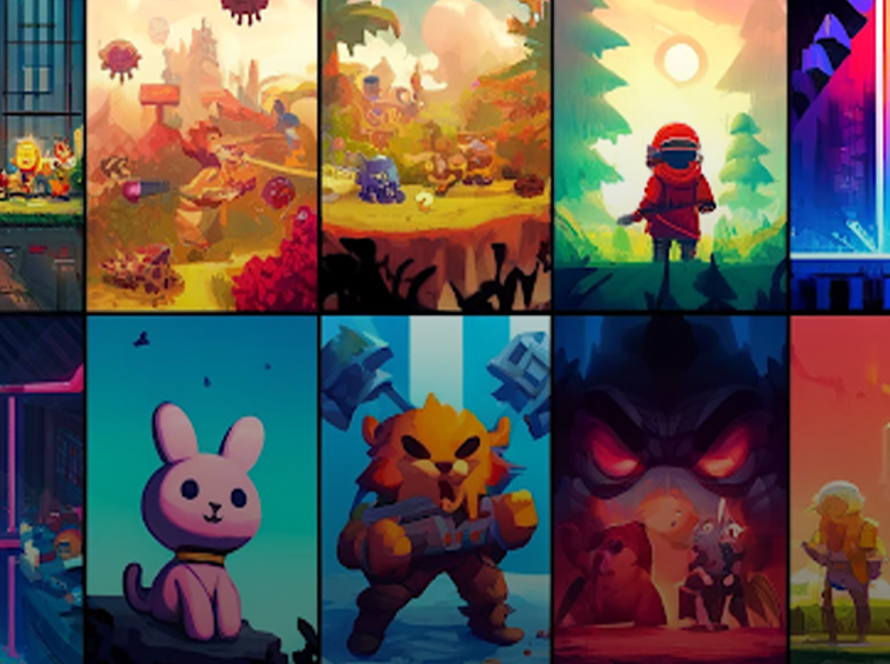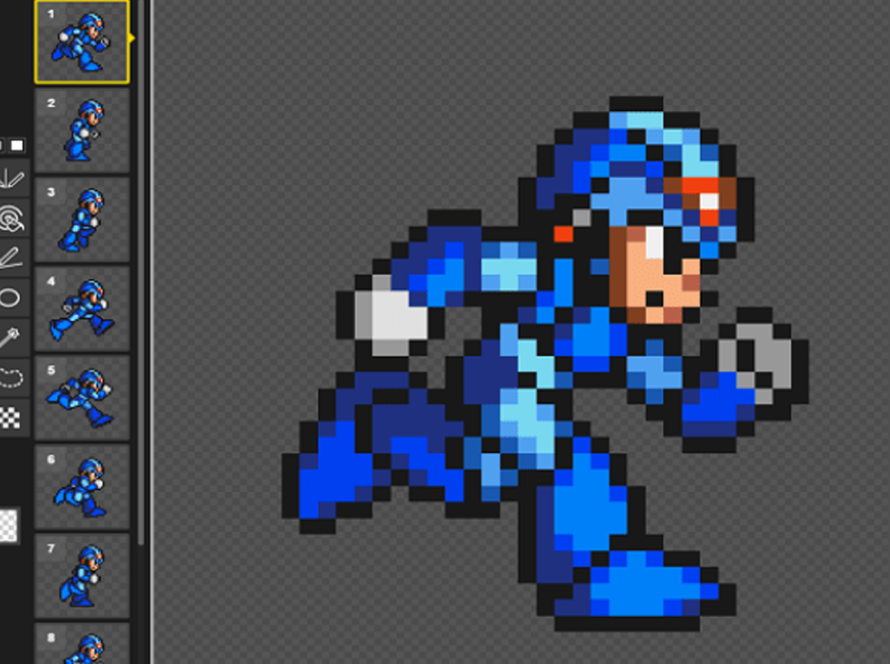In the world of 2D games, 2D Game Splash Art plays an extremely important role, as the first bridge between the player and the virtual world. In this article, let’s dive into the techniques, processes and challenges of creating impressive splash art. Together, we will explore how artists and game developers create vivid 2D artwork, from sketching to perfect display on the screen
What is 2d game splash art?
In the world of 2D games, splash art is a high-quality digital painting, often appearing on the game loading screen. It plays a powerful role as a “first impression”, opening the door to the game world for players as soon as they start the game. Created by talented “splash artists,” these works are not just static images, but are a close collaboration with game designers and programmers, to create a unified and distinctive aesthetic style for the entire game.
Splash art has a special power that can immediately draw players into the magical space of the game. By setting the tone, conveying the atmosphere, and cleverly revealing valuable details about key characters or important moments, splash art is not just a decorative image but also an effective storytelling tool, helping players fully immerse themselves in the game experience.
Key elements to create an impressive splash art
Concept for art
In the 2D game art production process, this stage is where important decisions about visual style are made by creative directors, key artists, and designers. Creating concept art, with initial sketches of characters, settings and props, acts as a roadmap, guiding the artists. At the same time, technical and technological decisions are also determined during this stage.
Splash art, not just a promotional image, but also an independent work of art, is a door that opens the game world to the viewer. The idea of splash art must blend with the plot, character personality and overall art style, creating a complete and consistent visual experience.
Note, tell a small story through splash art: don’t turn it into a static picture, breathe life into it with a story. Through that, the viewer will feel the game world, understand the character better and arouse curiosity, urging them to want to explore the hidden things.
Design
In the process of creating 2D splash art, the overall layout plays a key role, deciding the viewer’s first impression. With the experience of many times of processing of 7swordgames, it shows that a visually balanced layout, with the intentional arrangement of main and secondary elements, along with the right emphasis, will help attract the eye and create a pleasant feeling.
Color, as a “visual language”, not only has a decorative function, but is also a tool to convey emotions and messages. Choosing the main color scheme, combined with complementary colors, will create a unique color space, capable of telling stories and evoking emotions.
Lighting and shadow effects are important techniques to create depth for the picture, emphasize important details and create a realistic, vivid feeling. The design of the shapes of characters and objects needs to be characteristic, easy to identify, and convey their personality and role in the game.
In addition, the design of user interface (UI) and heads-up display (HUD) is an inseparable part of the 2D game production process. UI includes interactive components such as buttons, sliders, menus, and items in the store, helping players easily navigate and interact with the game.
Besides, HUD provides real-time information, such as health, ammunition, helping players grasp the game situation. UI and HUD elements need to be designed in accordance with the artistic style and design goals of the project, and there needs to be close communication with UI/UX experts.
Style
2D Arena is not lacking in established graphic styles: nostalgic pixel art, sharp vector, charming anime or funny cartoons. However, the choice is not about copying, but about understanding and connecting. Splash art needs to express the spirit of the game, expressing it completely and convincingly. Don’t let fear hold you back, push the boundaries, experiment with bold combinations, and make your splash art unique and moving.
A challenge in a 2D game splash art
The journey from sketching to rendering a 2D art piece smoothly in a game is an exciting challenge. One of the biggest obstacles is the difference in screen size. Ensuring that the aspect ratio, resolution, and pixel quality are always maintained is a must when integrating 2D assets into a game.
The 2D game world is made up of two main materials: pixel art and vector art. Pixel art, with its characteristic pixels, shows its weaknesses when resized – distortion is inevitable. Meanwhile, the game must work on many different devices, each with its own resolution, forcing developers to prepare multiple versions of suitable assets.
But don’t worry too much, because vector graphics appear as the perfect “technological” solution. Thanks to strict mathematical rules, vector graphics can be stretched and enlarged without losing image quality. Software such as Adobe Illustrator, Adobe Animate and Toon Boom Harmony are the ultimate “weapons” that help artists create vivid vector works.
FAQs
What tool is commonly used for creating 2D game splash art?
Adobe Photoshop is the most commonly used tool for creating 2D game splash art. Its extensive features, including powerful painting and editing tools, layer-based system, and vast array of brushes and filters, provide artists with unparalleled flexibility and control to bring their creative visions to life. Photoshop’s industry-standard status and widespread adoption also ensure compatibility and ease of collaboration within game development teams.
How does splash art contribute to the overall game experience?
Splash art plays a crucial role in shaping a player’s first impression of a game. A well-designed splash art can generate excitement, curiosity, and anticipation. It also helps to establish the game’s visual identity and sets the tone for the entire gaming experience.
How much does it cost to make a 2d splash game?
The investment required to create a 2D splash screen for a game can differ significantly. Here’s a general look at the spectrum:
- Lower End: This would cover a straightforward, basic design, typically produced by an artist who is just starting out.
- Mid-Range: This range encompasses more involved designs with greater detail, often the work of experienced artists.
- Higher End: This category is for highly detailed and potentially animated splash screens, often produced by professional studios or established artists.
It’s important to remember that these are just general indicators. The actual investment can be affected by a number of factors, such as the artist’s experience level, the intricacy of the design, the overall scope of the project, and any licensing needed for copyrighted characters or elements
Conclusion
Creating splash art for 2D games is a combination of technical and artistic aspects. From choosing a design style (pixel art or vector art), to optimizing for different screen sizes, every decision directly affects the player experience. Mastering the tools and skills, along with creative thinking, will help developers create unique splash art that makes a mark and adds value to their games.




